Russian Famine Landscape
Nahum Luboschez
1910
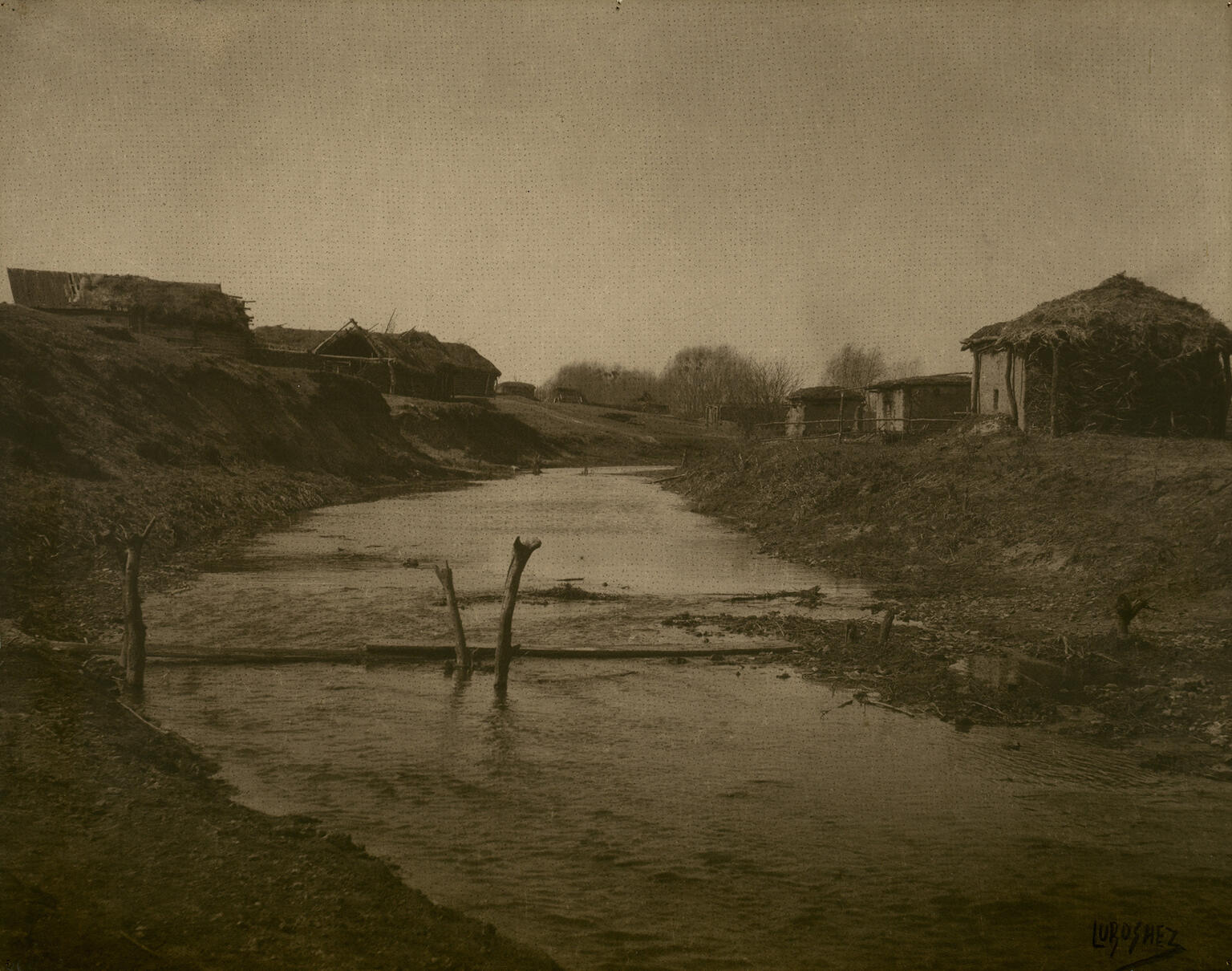
Creator Bio
Nahum Luboschez
Nahum Elea Luboschez (also Luboshey and Luboshez) was born in Odessa to American parents and immigrated to Kansas City, Missouri, in 1884. Returning to Europe to study art, Luboschez ultimately focused his attention on photography, particularly portraiture. Settling in Russia, he documented disasters like the 1910 famine and produced portraits of leading activists in the anarchist movement, to which he was connected by family and, most likely, ideology. He left Soviet Russia after his niece Natasha, an anarchist and subject of a striking portrait, was murdered by the Bolshevik regime and started a successful career at the Eastman Kodak Company. At its Harrow (England) office, he introduced new lighting techniques and portrait aesthetics. He also pioneered medical radiography, for which he received recognition by the Royal Photographic Society and European photographic circles. He was recognized by George Eastman and others as one of the most talented photographers of the era.
Places:
You may also like
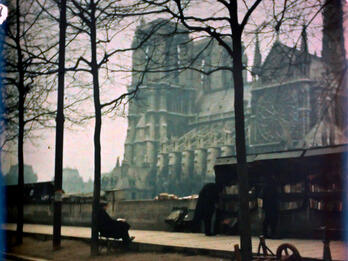
Book Seller and Notre Dame on the Quai de la Seine
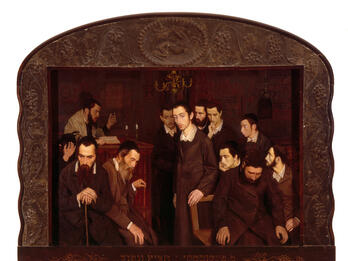
He Cast a Look and Went Mad

Am Kurfürstendamm
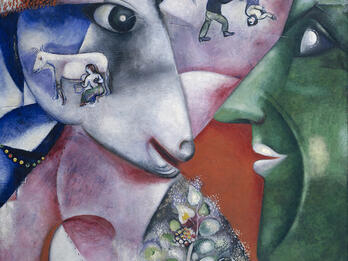
I and the Village
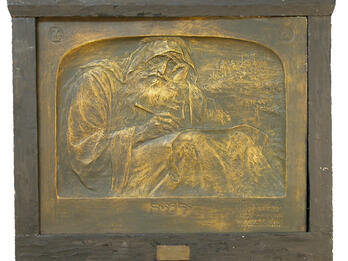
Jeremiah


